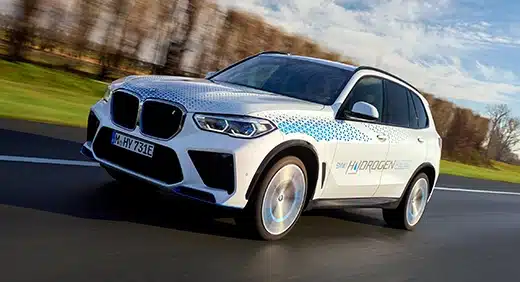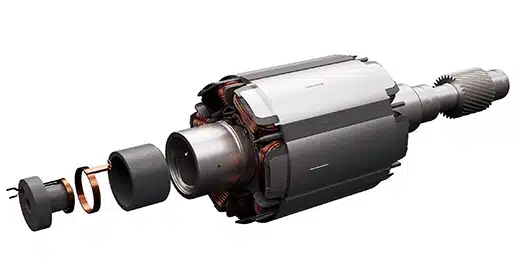The human body is designed to take food in, draw out the worthwhile nourishment and get rid of everything else…

Like a magnificent super highway, it is a carefully orchestrated set of onramps, off ramps and twisted cloverleaf’s. When this delicate biological loop gets bogged down, we often go running to modern artificial cure-alls or resort to popular fads to keep things moving. But the ancient yogis have always known the importance of proper digestion.
The Sutra 3.41 tells us “Mastery of the energy of digestion located in the abdomen brings the power of radiance”. While the topic may not seem all that divine or spiritual-like, it is necessary for finding our ‘comfortable seat’. Taking our lead from them we can use some relatively simple techniques to more naturally avoid an intestinal traffic jam
Being human we tend to learn things the hard way and there have been many non-yoga trends in modern years claiming to hold the key to digestive health. If we go back about a hundred, the harsh stimulant ex-lax came on the scene and although it was proven to relieve constipation it also had many nasty complications. If over used you can develop hypokalaemia (low potassium levels), severe kidney problems and the gut can become totally reliant on it for digestion.
If you are of a certain age you probably remember Saturday Night Light poking fun at the excessive fiber obsession in the 80’s with their spoof product, “Super Colon Blow”. Their tag line read, “It would take over two and a half million bowls of your oat bran cereal to equal the fiber content of one bowl of Super Colon Blow.” While fiber is helpful, too much causes severe gas and malabsorption. ProBiotics became the new black of 2006 prompting the ingestion of barrelfuls of yogurt and the resurrection of Jaime Lee Curtis’ career.
These ProBiotics, or friendly bacteria, are believed to bring the stomach back to its balanced state but scientific research has been inconclusive. Yet for the over 63 million people in the US who experience constipation, these seemed like easy ways to keep the intestinal highway open for business. With no access to processed store-bought cures, the ancient yogis used more natural methods to keep traffic moving.
Pranayama practices such as Kapalbhati can light a fire under your digestive systems’ you-know-what. This breath is a rhythmic exhaling through the nose combined with an inward contraction of the belly. Several rounds of quick ‘Skull Shining’ breath will fire up what is known in Ayurvedic circles as Agni. When Agni, named for the Hindu God of Fire, is maintained at levels that balance out the Ama, (undigested food), the digestive cycle can function as designed. Work with your teacher or guru on this breath control for the best results.
Another tool to keep the tummy radiant was vasti, or colon cleansing, similar to an enema. Without easy access to any of the 44 Los Angeles area establishments offering colonic services, (yes, 44) they had to be a little more creative. One method involved a hollow bamboo pole, a body of water and the practice of Nauli. Nauli, is the churning or pumping of the stomach and the rolling action of the abdominal muscles draws the water up the strategically placed bamboo pole, and, well, you get the idea. How about a throaty Om to keep on truckin? Chanting is another ancient yoga tool to aid digestion. Both listening to chant and producing the sounds, stimulate the nervous system through the muscle movements in the mouth.
I guess you could say that humming a few bars can keep things humming along. Or maybe you should not say that… Yin style yoga can also be used to stimulate digestion processes. The Vagus nerve triggers muscle activity in the stomach about every 20 seconds creating a coordinated squeezing action called peristalsis. Chyme, the liquefied sludge created in your stomach that was once your vegan chia seed muffin, gets rhythmically pressed out to the small intestine and then eventually over to the large intestine and finally out through the rectum. Constipation jams up the traffic flow when chyme spends too much time in the large intestine and it starts to essentially dry out. The longer it is here, the more water is removed, the harder and dryer the stool becomes and the less likely you are to let this guy off at the exit ramp.
The vagas nerve can become lazy if the body is in constant ‘fight-or-flight’ mode. In most parts of the world we no longer have to be prepared to run away from hungry tigers but our incessant multitasking and stressful lifestyles keep our physical body on edge most of the day. Adrenaline actually relaxes the muscles used in digestion. So when we live in this constant cortisol producing state, we never quite get to the opposing realm known as ‘rest and digest’. This is where Yin shines.
Holding supported postures for a longer period of time we work to stop the incessant physical and mental running while also getting a gentle stretch on the connective tissue of our entire body. While our Yang practice does calm our mind and gets us out of our head, we cannot take that big step needed to really achieve ‘rest and digestion’ – the unclenching of the buttocks. I bet you are probably doing it right now, aren’t you? The key to all Yin poses in the release of the belly, a little drop through the pelvic floor and the relaxation of the buttocks. All these are also necessary elements to keep the waste in our body moving on to its final destination. As is usually the case, the yogis had everything figured out thousands of years ago and we just keep trying to reinvent their already perfectly round wheel. But maybe the next time you find yourself reaching for a harsh laxative or overdosing on fiber, you try a little Pranayama, belt out a quick chant or practice a little Yin instead.
It is a natural and healthy way to keep the digestive system flowing on cruise control and the road to enlightenment wide open.
Childs Pose (Balasana): relax the belly, the pelvic floor and unclench those glutes for goodness sake! Stay here for 5 to 10 minutes. This also acts as a gentle abdominal massage encouraging rectal loading and steady pressure which increases vagal activity. Transition very slowly to the next pose.
Full Butterfly (similar to Bada Konanasa in Yang): Why are there some different names for Yin poses? Because we are using the muscular body in a completely different way. In Yang class, we would engage mula bandha and strive to reach our upper body toward the earth. In Yin, we release mula bandha and soften into the forward fold. Hang out for at least 5 minutes and soften through the bottoms of the feet and the palms of the hands. That little ‘give’ in your connective tissue here will release the tension in your overall “fascia body suit”. Move out of this slowly, think ‘sloth-like’, and take any needed movement before the next posture.
Rock Pose (Vajrasana): It’s called the same in yin and yang but keep in mind that key element; relax your backside. Kneel and sit on your heels with the tops of feet on the ground so that they press the nerves in the center of the buttocks. If this is too intense add in a small bolster or blanket behind the knees. This one is named “Rock Pose” because it is said that its effect on the digestive system enables one to digest rocks. Please do not eat rocks. here at least 5 minutes.
Yogic Squat (Malasana): The human body is designed to squat during elimination. Sitting causes the puborectalis to compress the narrow opening of the rectum. Rock it old school like we did before indoor plumbing with this pose. Use blocks or bolsters under the buttocks if this is too intense or hard on the knees. Remember, get to that place where you can unclench. Try to remain here for three to five minutes. Come out of the pose carefully and take time to notice the sensations in the hips, knees, etc. before moving on.
Supine Twist (Supta Matsyendrasana): you know what it’s like when you try to get the last bit of toothpaste out of the tube? Yeah it is sort of like that. The gentle pressure on the intestines helps to move things along. Let the knees, legs, shoulders and arms be totally supported and then unclench and soften. Rest here for at least 5 minutes on each side.
























































